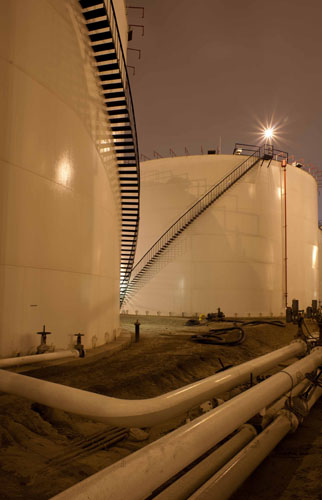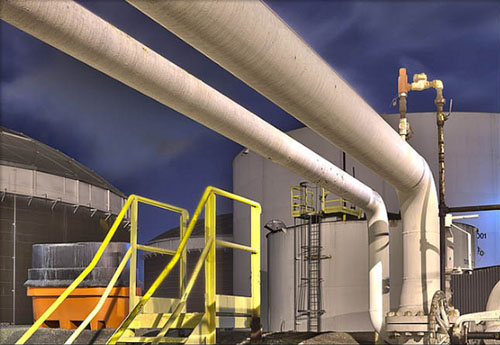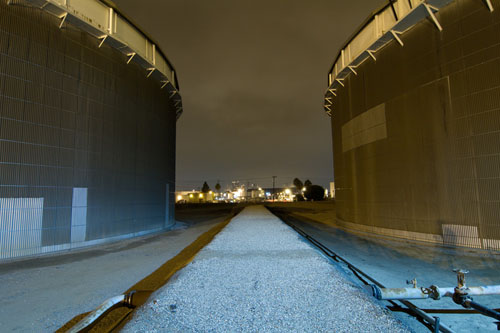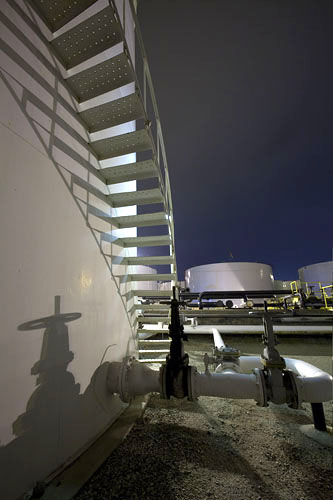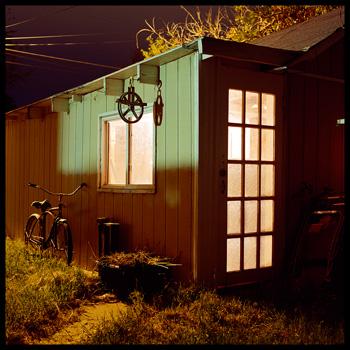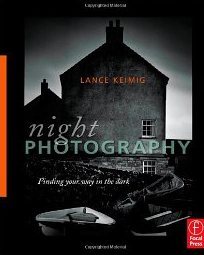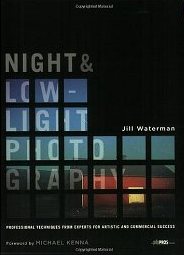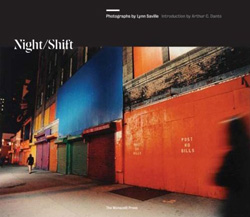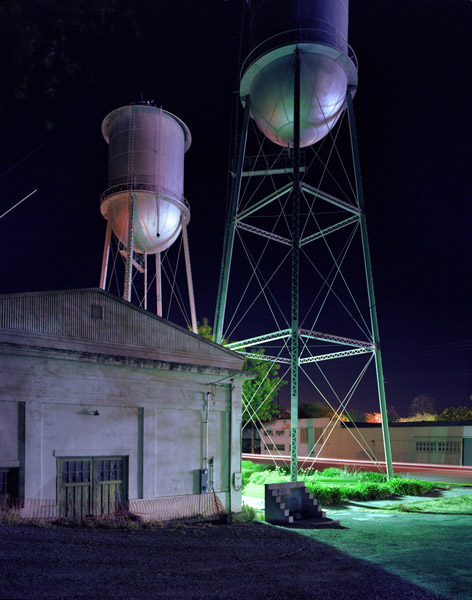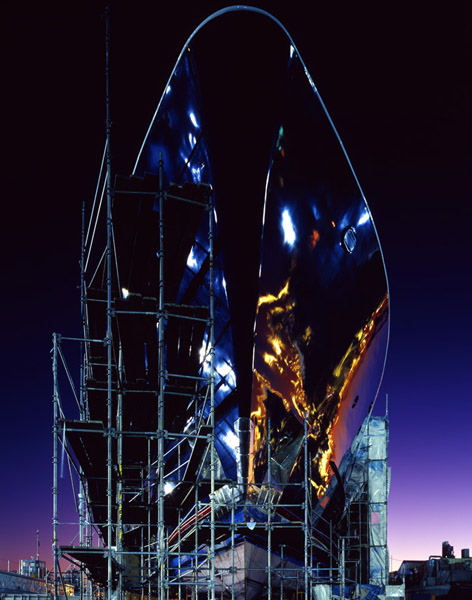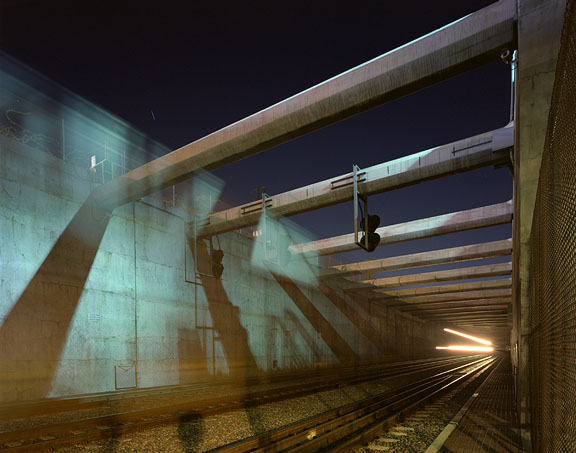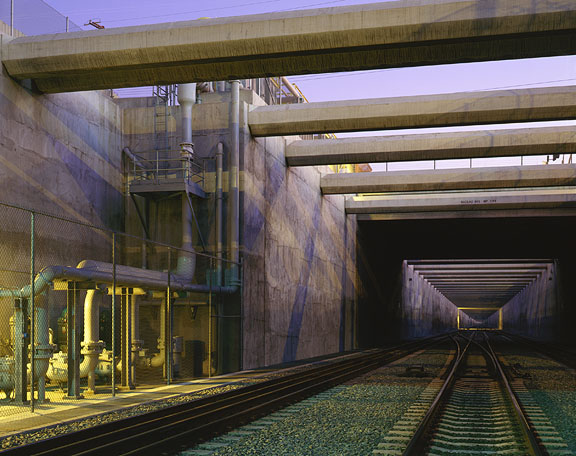Last week Andy Frazer and I lead an Urban Night Photography workshop here in the Los Angeles area over three nights. It was a small, intimate group with varied levels of photographic skills, which worked out great.
Most of us live in urban locations, yet many people feel they have to go to a “scenic” location to photograph, whether it is day or night. Cities give me lots of inspiration to shoot at night.
Attendees said they learned a lot and got a chance to shoot at some unusual places in the Southland. Rather than ramble on about it, I think it best to see the participants take what they saw and how they shot it.
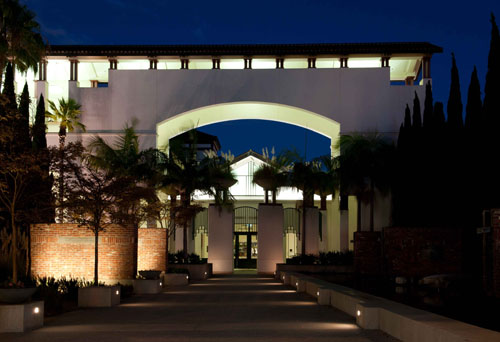 Culver City City Hall, by Jim Bowen
Culver City City Hall, by Jim Bowen
.
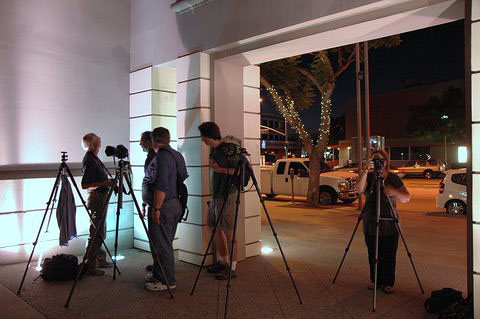 Part of the group at City Hall contemplate the unusual up-light, by Norm Palley
Part of the group at City Hall contemplate the unusual up-light, by Norm Palley
.
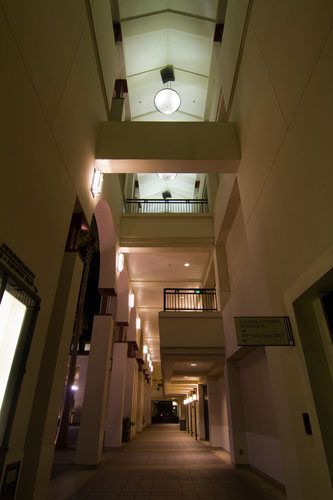 City Hall mixed lighting, by Andy Frazer
City Hall mixed lighting, by Andy Frazer
.
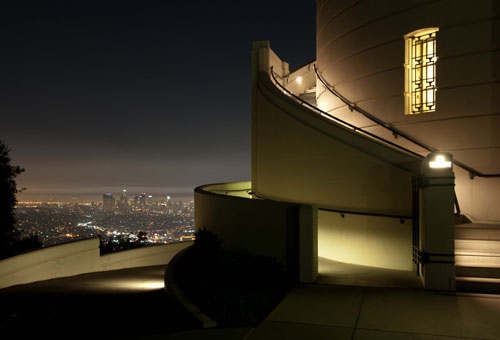 Griffith Observatory, by Jim Bowen
Griffith Observatory, by Jim Bowen
.
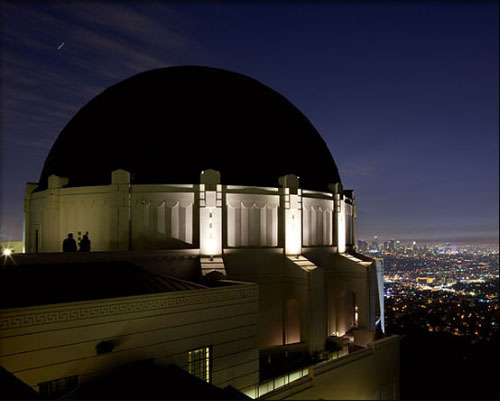 Griffith Observatory, by Earl Merritt
Griffith Observatory, by Earl Merritt
.
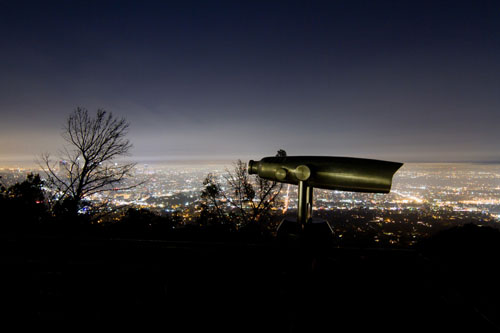 Griffith Observatory, by Andy Frazer
Griffith Observatory, by Andy Frazer
.
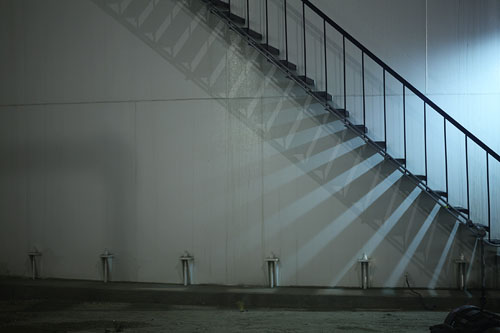 Tank Farm, by Katherine Westerman
Tank Farm, by Katherine Westerman
.
.
.
.
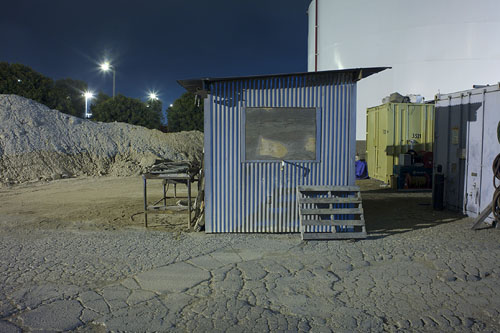 Tank Farm Work Shed, by Katherine Westerman
Tank Farm Work Shed, by Katherine Westerman
.
.
and a couple from me,
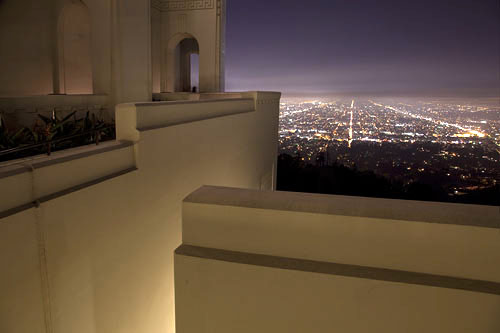 Griffith Observatory, by Tom Paiva
Griffith Observatory, by Tom Paiva
.
Tank Farm, by Tom Paiva

